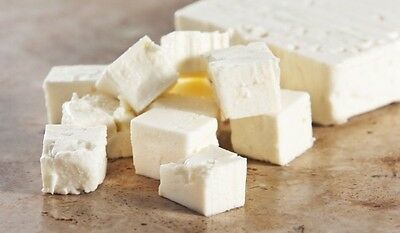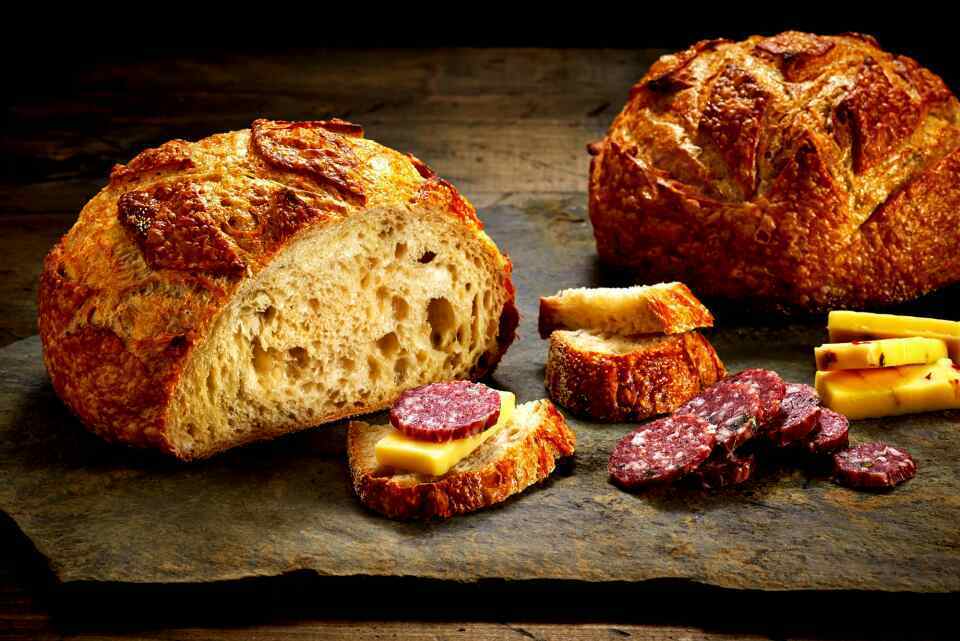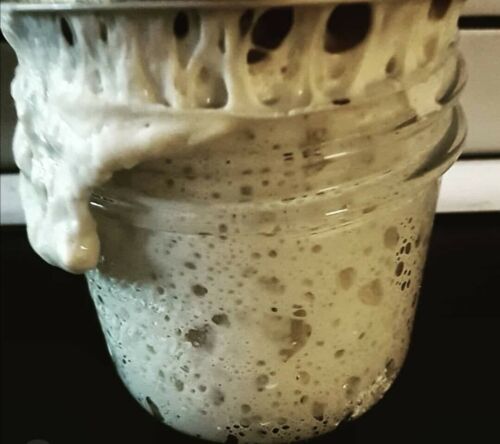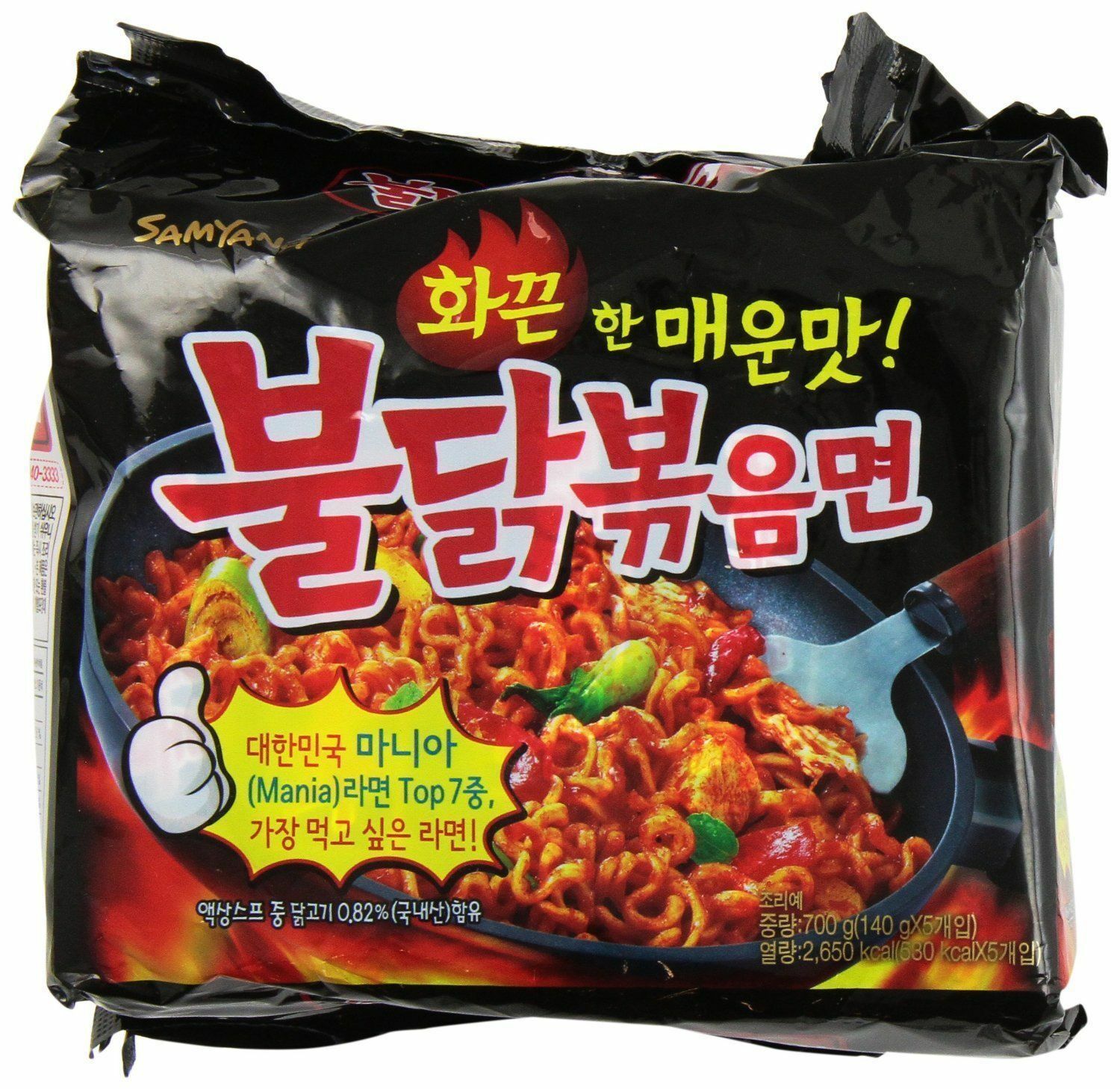-40%
10L Starter Culture Bulgarian White Cheese Feta Lactobacillus Bulgaricus Yogurt
$ 7.91
- Description
- Size Guide
Description
Bulgarian Feta | Fresh Soft Brined White Cheese | SireneThe ORIGINAL Starter Culture for making Bulgarian White Brined Cheese (SIRENE)
Genuine Traditional Product | Directly from the source
Did you like the Healthy Bulgarian Yogurt? If you did, then you will simply love the Bulgarian White Cheese! It is traditional, white, brined, fresh-soft cheese, popular for centuries in our lands. As much healthy and tasty as the yogurt, made pretty much from the same unique for Bulgaria starter cultures. Unique symbiotic combination of strains, which can be isolated ONLY in Bulgaria (including the original Lactobacillus Bulgaricus responsible for the famous Bulgarian Yogurt) without being subject to any genetic modification and with trade name "LBB CM". These living organisms guarantee white brined cheese of traditional taste, flavor and structure. Only using the original starter cultures and technology for producing Bulgarian White Cheese can guarantee the high quality product with the traditional characteristic taste, typical flavor and texture. Symbol of health and longevity.
Manufacturer
Expiration Date
Package
This auction is for
LB Bulgaricum
December.2021
Sealed sachet
1 (one) sachet per bid!
Bulgaria
Keep in refrigerator
as pictured
*
for
10 litres
pasteurized milk
Contains
- Patented mix of lyophilised original probiotic bacterial cultures (including Lactobacillus Bulgaricus)
Shipping
- within 1 business day of payment!
Please choose postal service during check-out.
Standard Registered Mail with tracking
(
Europe
7 - 10 business days /
Rest of the world
10-15 business days)
Expedited Mail with tracking
(
Europe
2 - 5 business days /
Rest of the world
3 - 5 business days)
*
Listing photos for reference ONLY, the inscriptions and labeling may vary from pictured due rapid turnover of the goods.
BEWARE of COUNTERFEITS
"LB Bulgaricum" is the ONLY state-owned company in the milk-processing sector in Bulgaria:
Тhe ONLY allowed to operate, select and mix the yeasts & starter cultures isolated in Bulgaria
The ONLY licensed for dealing with the original starter cultures & the Know-How of making Bulgarian Cheese
There are many leading companies in various countries over the world making Bulgarian White Brined Cheese by using LB Bulgaricum original starter cultures and under their license
INSTRUCTIONS
The Standart Recipe / 1 sachet / 10l fresh pasteurized whole milk
PLEASE NOTE
: The most important part of your Bulgarian White Cheese (Sirene) is the starter culture. Only the original starter cultures and traditional recipe defines the product. With that said, you are free to use any liquid cheese rennet, but keep in mind, that the milk is critical to be natural and of high quality, free of preservatives, antibiotics and other additives. Do not use milk which contains powder milk and/or is UHT (Ultra-high-temperature) pasteurized
Before you begin
you will need:
10 litres (~2.64 gallons) of whole milk.
1 sachet of "LBB CM" Starter Cultures.
~40 drops of Liquid Cheese Rennet (or as written on your rennet instructions).
Salt.
A good thermometer.
A knife to cut the curds & spoon to stir the curds with.
1 Cheese mold | Basket.
A colander and butter muslin to drain the curds.
Draining mats to allow the whey to run off from the molded curds.
Calcium Chloride for pasteurized cold stored milk.
Acidifying and heating the milk:
Begin by heating the milk to 30-31C (86-88F). Best to do this by placing the milk in a pot or sink of very warm water. If you do this in a pot on the stove make sure you heat the milk slowly and stir it well as it heats.
Once the milk is at the proper temperature the "LBB CM" starter culture can be added.
To prevent the powder from caking and sinking in clumps sprinkle the powder over the surface of the milk and then allow about 2 minutes for the powder to re-hydrate before stirring it in.
Next, cover the pot and while keeping it at the above temperature allow it to sit quietly for 30 minutes to allow the bacteria to begin working. More time = More Acid. This will show later as a difference in texture in the ripened cheese.
Coagulation with rennet:
Add the needed Liquid Cheese Rennet
The milk now needs to sit quiet for 60 minutes while the culture works and the rennet coagulates the curd. The thermal mass of this milk should keep it warm during this period. It is OK if the temp drops a few degrees during this time.
During this time sanitize and prepare your colander or draining tray and draining cloth
Cutting curds and releasing the whey:
Once a firm curd has formed the cutting begins as a very minimal release of whey before transferring to the molds.
The cut will be a series of vertical cuts made about 2-3 inches apart and again at right angles. Leaving a checkerboard pattern as shown in the photos. Then allow the curd to sit quietly for about 10-15 minutes while a small amount of whey is released and rises to the surface.
There will be no stirring or cooking of the curds. This will preserve the moisture and allow for a slow steady acid production
Separating the curds and whey:
The curds can now be transferred by using the ladle and making about 1/2-3/4 inch cuts across the previous cuts. The larger these pieces the moister the final cheese.
Yes, you can customize this to suit your own preference but try to stay close to these guidelines for the first batch).
The whey should be allowed to drain well as you do this and should be quite sweet and suitable for ricotta if you use it within a few hours (bacteria is still working and eventually will produce enough acid to make good ricotta unlikely).
The following is actually the predraining of the curds and not the final form so do not worry about shape here.
Once all of the curds have been transferred for draining the cloth should be folded over the curd mass and a weight of about 4 lbs (1/2 gallon of warm water works well for this) placed on top to encourage whey to run off.
The whey should be running off as a steady light stream for about the first hour as in the photo below.
Allow this to drain for 1-1.5 hrs, then open the cloth , cut or break the curds up into 2-3" pieces and draw the cloth together forming a knotting with one of the cloth ends as shown below. This is very similar to what has been done for hundreds of years and still is done today as seen in the photo below.
Allow this to rest for another 1-1.5 hours, then repeat the breaking or cutting and retie the curd pack. Make sure the cloth is brought up snug before retieing. Then flip the curd over onto its knot for another 1-2 hrs depending on final moisture. Weight the curd mass the same way as before.
Forming the cheese:
At about 4-5.5 hours the curds should be ready to be broken again and placed in the draining baskets as seen below. The time will depend on the milk you are using and the level of moisture you want in your final cheese. Longer draining under the light weight will create a drier cheese.
You can now transfer the pieces to the basket mold. Use a firm hand pressure to consolidate the curds as you go but do not break them too much. They will eventually consolidate under a little weight in the forms as they continue producing acid and releasing more whey.
This needs to be kept warm 22-27C (70-80F) to make for happy cultures as they continue to convert lactose to lactic acid, release more whey, and cause the curds to consolidate into a firm cheese. About 1.5-2 lbs of weight will help consolidation or if making a larger batches stacking the cheese on one another is sufficient.
At about 8-10 hours from the start of cheese making the weight can be removed and allowed to cool slowly overnight as the final acid is produced. The next morning the whey from the cheese should taste somewhat sharp or acidic or if you have a pH meter the cheese would read 4.8-4.9.
The Cheese is now ready to be cut into smaller blocks for aging.
Salting:
Now ready for salting and maturation.
A way to do it is to dry salt this cheese over 2-3 days using 5% by weight of cheese to salt. For example - 1.25lbs = 20oz. -- 5% of that is 1oz. of salt.
Layout the cut pieces of curd on a draining pan and sprinkle about 1/4-1/3 of the salt evenly over all surfaces. Over the next 2 days, apply the rest turning the cheese to a new surface each time.
The salting should take place at about 11-12C (52-54F) (same as brining) and about 70-75% humidity.
Once the salting is complete, the cheese needs to rest for another 4 days while the salt is absorbed and the initial maturing begins. This should be done in same room as dry salting. The changes that take place to the cheese during this time will help the cheese remain firm during the light brine aging phase.
Storage and maturation:
Finally prepare a storage salt brine of 6-8% (6-8 oz. of salt in 3 quarts of water will fill a 1 gallon jar to hold this batch), place the cheese into a large container with lid and fill with the brine. Make sure the container has minimal head-space to avoid mold development. The Cheese can be aged in this brine for ~30days and up to a year or more at ~8C (45-50F). Younger cheese will be milder in flavor.
This tends to be a high salt cheese and if the salt is too high for your taste simply soak for several hours (up to a day) in milk before using.
ENJOY!
Have you ever wondered what else you can do with your Bulgarian White Cheese?
CONTACT ME
and I will help you turn it into something worthy of any table!
INTERESTING ADDITIONAL INFORMATION
Unimportant for your order
Some of the benefits of consuming ORIGINAL Bulgarian White Brined Cheese
It is considered to be the most beneficial among all the cheeses.
Rich in vitamin C, A, E, microelements, also of minerals: potassium, calcium salts, and fluorine salts.
Irreplaceable source of proteins.
Simplifies the process of digestion and hinders the development of putrefactive bacteria in the gut.
Enhances the secretion of gastric juice and improves appetite.
Can be used as food for weak patients suffered from acute infectious diseases.
It is used in the presence of disease processes in the gastrointestinal tract such as chronic gastritis associated with reduced acidity of gastric secretion, acute and chronic enterocolitis, diseases of the liver and gall bladder, anorexia.
The high content of amino acids, calcium and phosphorus makes it a valuable food in diseases associated with degradation of tissue protein , and loss of calcium ( rickets , osteoporosis ).
It is saturated with calcium, which helps strengthen the bones and prevents dental caries.
During pregnancy helps normal development of the fetus.
Study of Finnish researchers suggests that daily use enhances the immune system.
Strong source of probiotics.
General information about the Bulgarian White Cheese and Bulgaria
White brined cheese is one of the typical Bulgarian food products and an unchanging part of our menu since old times. The ancient word for cheese in the Slavonic languages means „raw“, and a possible reason for this is that raw milk was used in the past to prepare cheese. History tells that even khan Asparuh’s cavalry carried milk in leather skins over horse saddles and thus, somewhere, by accident the carried milk turned into cheese by the end of the journey.
All mentioned trademarks belong to their owners! Third party brands, product names, trade names, corporate names and company names mentioned may be trademarks of their respective owners or registered trademarks of other companies and are used for purposes of explanation and to the owner's benefit, without implying a violation of copyright law.
A Discovery To Share











